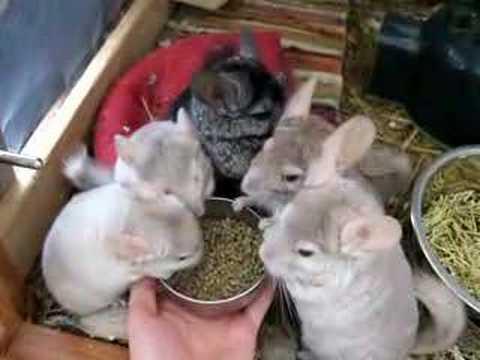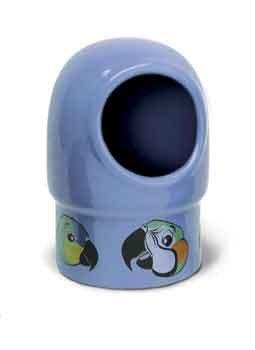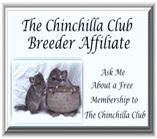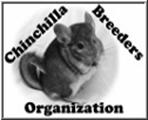Chinchillas do best when consistently fed the same food. Changing pelletted feed should only be done for a good reason; not because brand A is cheaper today than the one the chinchilla is currently eating. The only good reasons for changing brands are as follows: the current feed is no longer available, the chinchilla is not doing well on the current feed (experiencing diarrhea or other digestive issues), or is currently on a poor quality feed. Constantly changing pellet brands can cause digestive issues such as diarrhea, bloat, and stasis.
Once the need for a change has been established, there are two methods to do so. The first and most recommended method is a slow switch. The slow switch is done by mixing the old feed with the new feed using the following schedule.
| Week 1 | Mix 1 part(25%) new feed with 3 parts (75%) old feed |
| Week 2 | Mix 2 parts(50%) new feed with 2 parts (50%) old feed |
| Week 3 | Mix 3 parts(75%) new feed with 1 part (25%) old feed |
| Week 4 | 100% new feed |
 Young Chinchillas eating pelleted feed.
Young Chinchillas eating pelleted feed.If the chinchilla is currently on a poor quality feed, i.e. one that is filled with treats, is meant for another animal, or just not a good quality, it is often best to switch “cold turkey”. When doing a cold turkey switch, the old pellets are removed and thrown out. The feeder or bowl is filled with fresh, new pellets. Sprinkle acidophilus over the pellets daily to prevent any problems.
Hay
Switching brands of hay is straight forward. As long as it is good, clean hay that is free of dirt, mold or fungus, it will not matter which brand you choose. The one thing that can affect the chinchilla when changing hay is switching from timothy or other hays to alfalfa. Alfalfa is very rich compared to other types of hay. It should be introduced slowly and in small quantities to avoid any digestive issues, slowly increasing the amount over time.
Additional Considerations
Often, the chinchilla will refuse to eat the new food. This is usually true when switching from a treat filled feed to a pellet only feed or when eliminating unhealthy treats from the chinchilla’s diet. If this happens, continue with the switch. The chinchilla is just holding out for the junk and will eat when it gets hungry enough. Be patient, the chinchilla will NOT starve itself waiting for the old diet.
 A hooded bird feeder can help
A hooded bird feeder can helpKeep the pellets in the feeder



 Site Last Updated on December 31, 1969 05:00 pm
Site Last Updated on December 31, 1969 05:00 pm